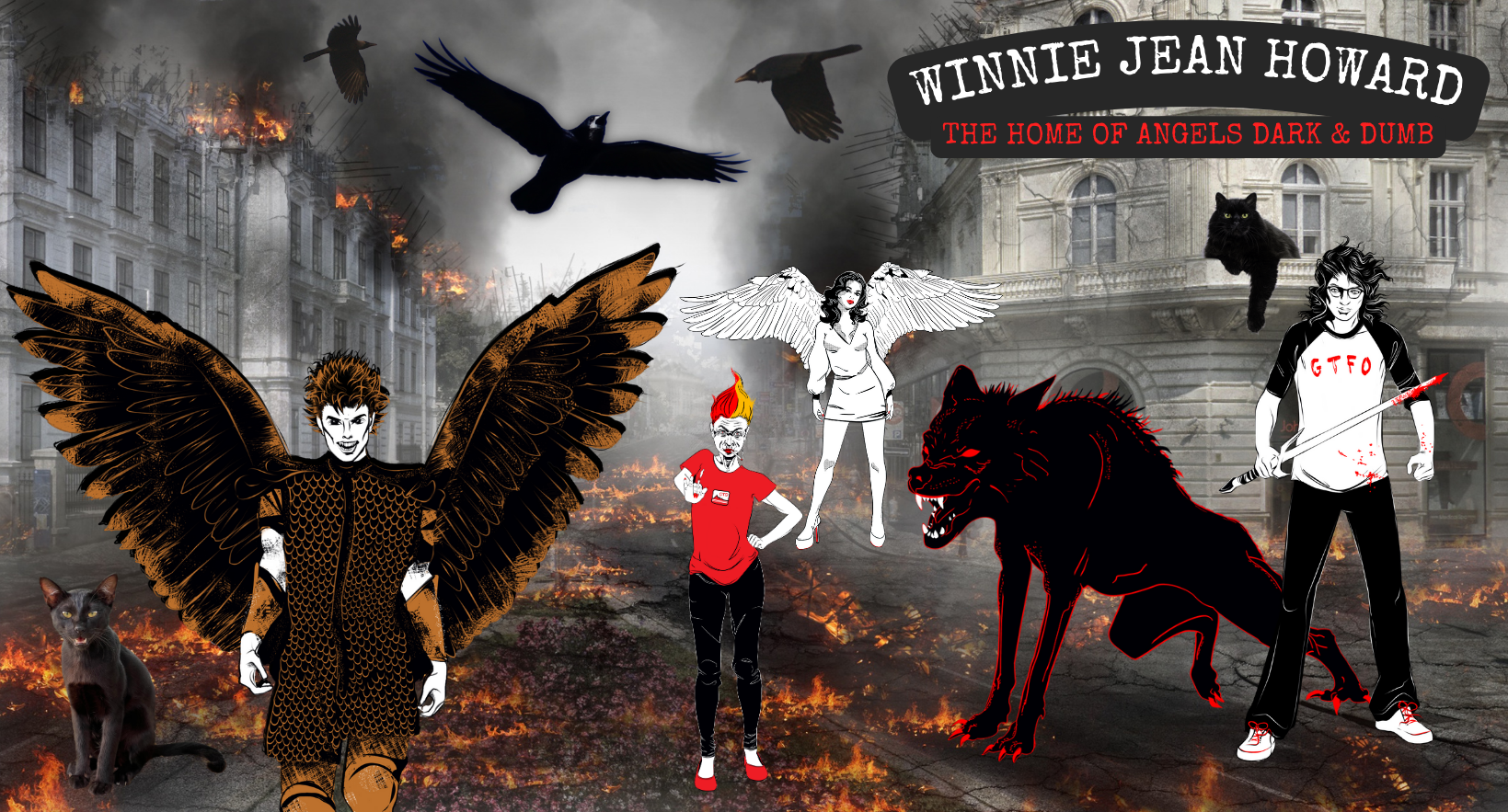
This week, I have some exciting news to share—I’ve officially released The Pumpkin and the Mouse Jinn under my other writer name, Wendy Spurlin. The story has been a labor of love and a long time coming! It blends whimsy, adventure, and a touch of magic. I’ve mentioned previously that this tale that centers around a grumpy pumpkin and a tricky mouse jinn. It’s a story about the consequences of wishes and never being happy. I’m absolutely in love with the mouse, so there’s gotta be another book for him.
Besides that, my annual Halloween movie binge started a few weeks ago with the first 3 Halloween movies, although I’m only talking about the first 2. I don’t have to tell you that the first two Halloween movies (1978 and 1981) are pretty much a continuous story, creating a seamless narrative that feels like one extended film. Halloween (1978), directed by John Carpenter, introduces Michael Myers, who escapes from a mental institution and returns to his hometown of Haddonfield to stalk and kill babysitters, including Laurie Strode (Jamie Lee Curtis). And, of course, the movie ends with Michael being shot by Dr. Loomis (Donald Pleasence) and disappearing after falling from a balcony. Then in Halloween II (1981), it picks up immediately where the first movie leaves off, continuing the same night of terror. Laurie is taken to the hospital, where Michael relentlessly pursues her. Meanwhile, Dr. Loomis remains on Michael’s trail, determined to stop him for good. The second film expands on the story by revealing Laurie’s connection to Michael as his sister. Together, the two films follow a single narrative arc, with Halloween II feeling like the second act of the horror that began in the first film.
These 2 movies are so frequently watched that it seems like a waste of time to redescribe what I’ve seen so many times. Anyway, there’s rich with thematic meaning in the movies as I delve into my love of evil in pop culture. No, they’re not just teen slasher movies as we like to call them.

1. The Nature of Evil
In the first Halloween movie, Michael Myers is portrayed as the embodiment of pure evil. Dr. Loomis describes him as “purely and simply evil,” emphasizing that Michael is more than just a disturbed individual—he is a force of unstoppable, inexplicable malevolence. His lack of motive or reason for his killings makes him more terrifying, suggesting that evil can strike anywhere, without warning, and without a clear cause. Michael’s blank mask further enhances this idea, symbolizing the facelessness and anonymity of evil. He becomes less of a person and more of a supernatural, relentless force, representing the primal fear of the unknown and uncontrollable darkness lurking in society.
2. Survival and Innocence
Laurie Strode (Jamie Lee Curtis) represents innocence and survival. As the “final girl,” she’s the lone character who faces off against Michael and manages to survive, thanks to her resourcefulness, intelligence, and strong will. Her character can be seen as a symbol of purity and resilience in the face of chaos and violence.
Throughout the film, there’s a contrast between the carefree, hedonistic teenagers who fall victim to Michael and Laurie, whose sense of responsibility and vigilance ultimately save her. This theme plays into traditional horror tropes, where characters who engage in “reckless” behavior are often punished, while those who are more careful and virtuous survive.

3. The Impact of Trauma
In Halloween II (1981), the theme of trauma and its long-lasting effects is explored. The film picks up immediately after the first, following Laurie as she is hospitalized after her terrifying ordeal. Michael, now revealed to be her brother, relentlessly hunts her down again, linking the idea of family ties to deeper, personal trauma. Laurie’s journey in the second movie deals not only with physical survival but also the emotional toll of encountering such evil.
4. Fear of Suburbia’s Vulnerability
Both films emphasize the vulnerability of suburban life, shattering the notion that small towns are safe havens. Michael brings terror to the quiet streets of Haddonfield, proving that no place is immune to violence or evil. The setting of a seemingly idyllic, quiet suburban neighborhood juxtaposed with brutal murders reflects societal anxieties about the fragility of safety and normalcy, particularly in a time when suburban America was seen as an idealized retreat from urban dangers.
5. The Unstoppable Force
The films also tap into the fear of an unstoppable threat. Michael Myers survives being shot, stabbed, and injured, yet keeps coming. This persistence mirrors the broader theme of evil as an uncontainable force that can’t be easily destroyed or understood. The ending of Halloween (1978), where Michael disappears after being shot multiple times, leaves the audience with the unsettling idea that evil may never truly be vanquished.
The first two Halloween movies delve into themes of pure evil, survival, trauma, and the vulnerability of everyday life. Michael Myers represents an unstoppable, faceless force of terror, while Laurie Strode symbolizes innocence and resilience in the face of that evil. These elements, coupled with the backdrop of small-town America, create a lasting sense of dread and anxiety, leaving audiences to confront the idea that danger can lurk anywhere, at any time.
That’s all for this week’s wonders. More Halloween movies yet to come. What are your favorites?
